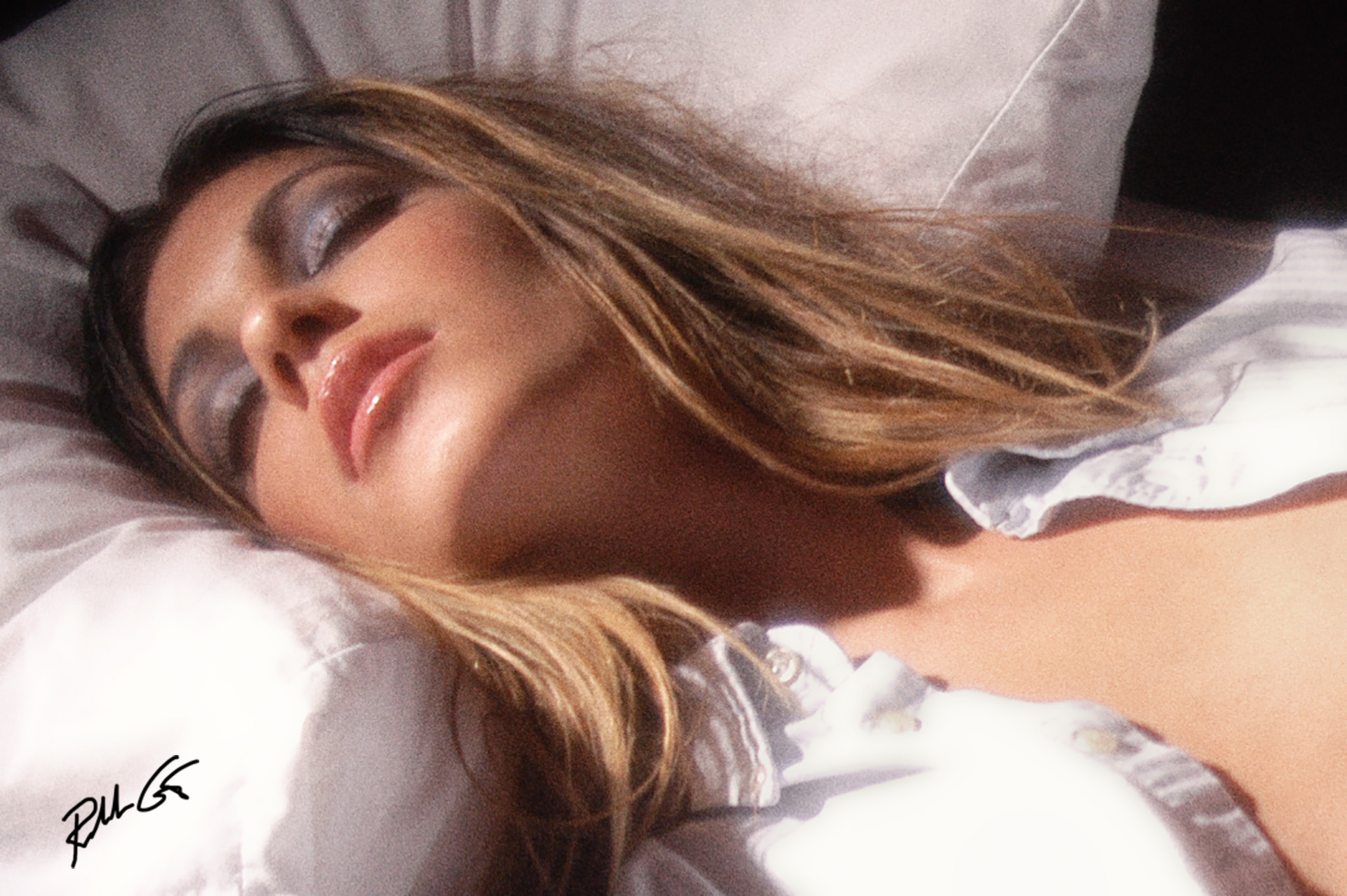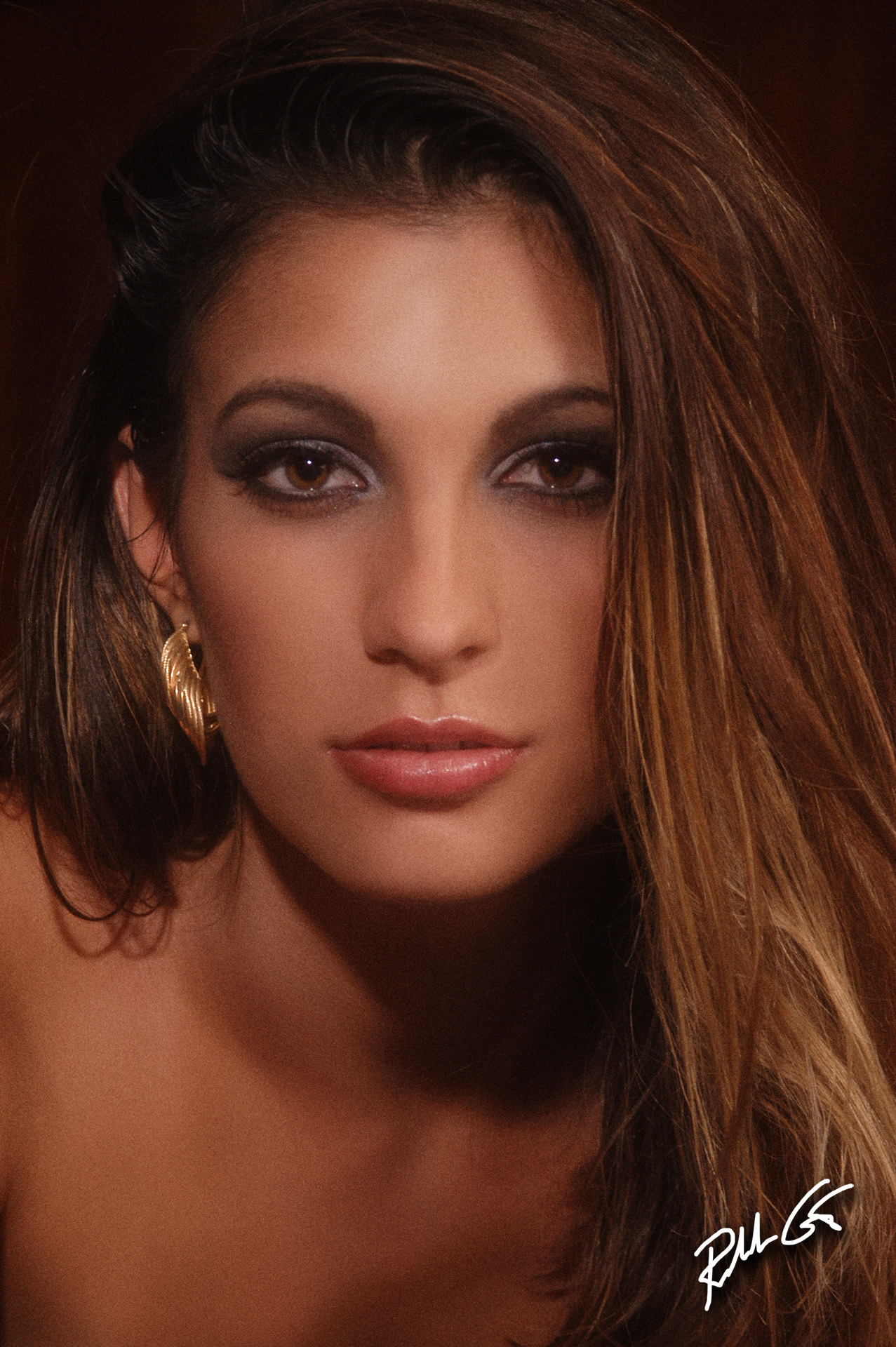There are many photography myths, so I decided to expose five that I’ve witnessed over my decades as a professional photographer. As you read these explanations, hopefully you can gain some insight that you can apply to your photography and please feel free to share.

One photography myth is that every photo is a photograph, not true. This is a photograph, it tells a story.
Professional Photographers Get Paid, Amateurs Do Not
One of the biggest photography myths is based on the question, “What is the difference between a professional and an amateur photographer? Normally the number one answer is “a professional gets paid, an amateur does not.” There is some truth in that professional photographers get paid, but it’s not uncommon for amateur photographers to sell photos through Flickr, Instagram, and other image hosting websites.
While I’m a firm believer that all professionals should get compensated for their talents, in reality, the real difference between a professional and an amateur photographer is that the professional photographer knows what makes a great image, and those are the only photographs a professional will show you, an amateur photographer shows you practically everything, the good and the bad.
An amateur is still learning what makes a great photo, and how to make a great photograph. It’s this inexperience that usually causes an amateur to show their subject or client every photo they took at a photography session. Only give your subject your best. You took those photos and that’s your name, or brand you are negatively impacting if you let your bad photos circulate at will. A professional photographer stands out because they only share their stand out photographs and this is what builds your photography brand, quality, not quantity.

This photo was taken at one of the first photo sessions with this model, Jennifer. We both were students of each other’s talents.
Professional Photographers Don’t Take Bad Photos
Probably the biggest photography myth of all time, “professional photographers don’t take bad photos.” Before I go any further to explain this, let me start first by saying if you ever meet a professional photographer that claims a real pro doesn’t take bad photos, they are wrong. There is no perfect photographer out there any more than a perfect human. You could say that “a perfect photographer” is a photography myth in itself.
We all take bad photos including professional photographers. In the old film period of photography, we called this “burning film.” Like all photographers, a professional has to get the flow going on a photo shoot. While great photographers normally pre-visualized their intended result before the shoot, this is merely a starting point for a pro.
Pro Photographers Are Not Students of Photography
I’ve taught hundreds of photography workshops and seminars plus lectured at universities and major photo events like Photo Plus Expo in New York in the past two decades, yet I still consider myself a student of photography, not just an instructor. The photography myth here is that many photographers think they know it all and don’t need to learn anything else in photography. Even professors, doctors, nurses, lawyers, financial advisors, etc., take continuing education courses and photographers are no different.
Being a student of photography non-stop for life doesn’t make anyone less of a pro. But seriously, I haven’t met one professional photographer, no matter how big-timethey are, that isn’t still learning or asking questions. If you’ve got to ask, you’re still a student of photography. When digital photography came into reality, I saw many professional, published photographers laugh at digital cameras and they got left behind while the early adoptersshot upwards in their careers. Photography continues to evolve as technology, equipment, and techniques improve.
Every Photo is a Photograph
Every photo is a photograph is a photography myth. Every photo is not a photograph, especially today when everyone’s smartphones have built-in cameras. Don’t get me wrong, you can create masterpiece photos with smartphones too, but unless you’re an experienced photographer in this genre, selfiesaren’t masterpieces. They are photos, images, or pictures. A photograph is a masterpiece or image that either followed the photography fundamentals, principles, and rules to a tee, or broke them effectively.
Photographs also provide great impact to the viewer in strong mental forms. Photographs are powerful and thought provoking, pictures are found more on social media while photographs are found more in publications, museums, or art galleries. Photographs are iconic. A photo, or an image, comes from the Greek word eikṓn, “meaning ‘mirror-like representation,’ referring to what is very close in resemblance.” Photographs are originals, not mirror-like representations.
The Smallest Aperture is the Sharpest
One of the biggest photography myths is that the smallest aperture opening, i.e., the highest F/stop your lens will go to number wise like F/16, F/22, etc., will provide your sharpest image — not so, it only provides the greatest depth of field. The sharpest aperture opening of your lens is called the “optimum aperture” of the lens and normally it’s not a whole number. It’s possible that your favorite lens has an optimum aperture of F/8.976 or F/9.375. This sharpest aperture of your lens is more commonly called the sweet spot of your lens.
If you play tennis, golf, or even baseball, then you’ve heard the term sweet spot. Whether it’s a racquet, club or bat, professional athletes amongst others, know their equipment has a sweet spot that can help them move to the top of their game. Photography is no different, there is a sweet spot on your camera lens that can make a noticeable difference in your photographs.
That sweet spot on every lens varies from lens to lens. For most genres of photography, we want to capitalize on that sweet spot to capture the sharpest image possible. Because smaller apertures like F/11, F/16, F/22, etc., provide more depth of field, our natural perception is that these aperture values also provide the sharpest photos. This is not true as most lenses at higher aperture values are less sharp than F/8 on the average lens. Even wider apertures than F/8 on some lenses provide sharper images than these smaller apertures, but obviously with less depth of field.
There are a lot of variables that determine the sweet spot, including front and rear focus, manufacturing variables in every camera body and lens, focal length, etc., but as a rule of thumb, most sweet spots reside between F/5.6 throughF/11, thus F/8 is the average. Ultimately it comes down to what’s best for your photographic style and genre of photography, but don’t let the photography myths impede your progress in photography.



